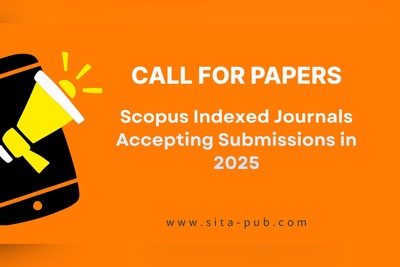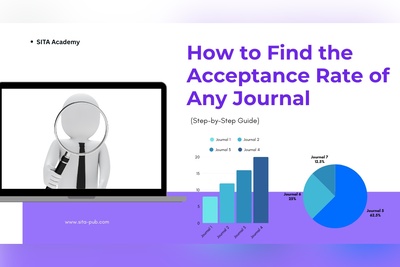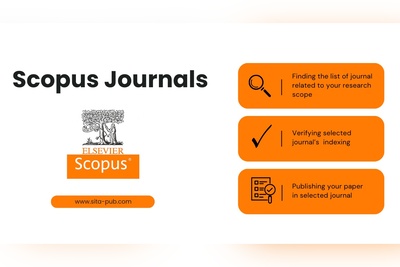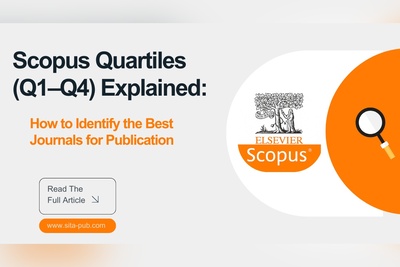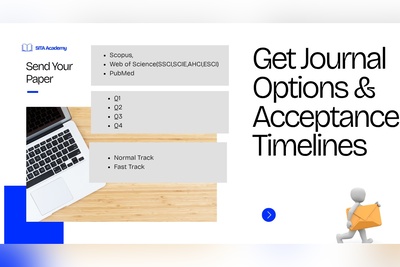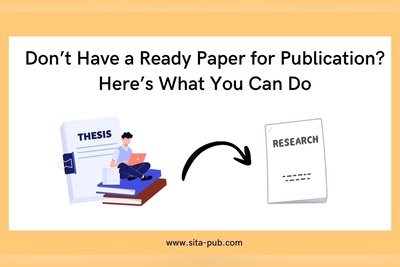The Hidden Formula Top Researchers Use to Pick the Perfect Journal
Struggling with journal rejections? Discover the hidden formula top researchers use to select the perfect journal. Learn strategies for matching quartiles, balancing timelines, choosing Scopus/ISI/PubMed journals, and maximizing acceptance. Get expert journal selection support with SITA Academy.
- Journal Quartile Should Match the Paper Quality
- Publication Timeline and Acceptance Rate Matter
- Choosing Between Multidisciplinary and Specialized Journals
- Choosing Between Scopus, PubMed, and ISI Journals
- Open Access vs. Subscription Journals
- Evaluating Journal Reputation Beyond Impact Factor
- Partnering with a Comprehensive Research Support Center for Journal Selection
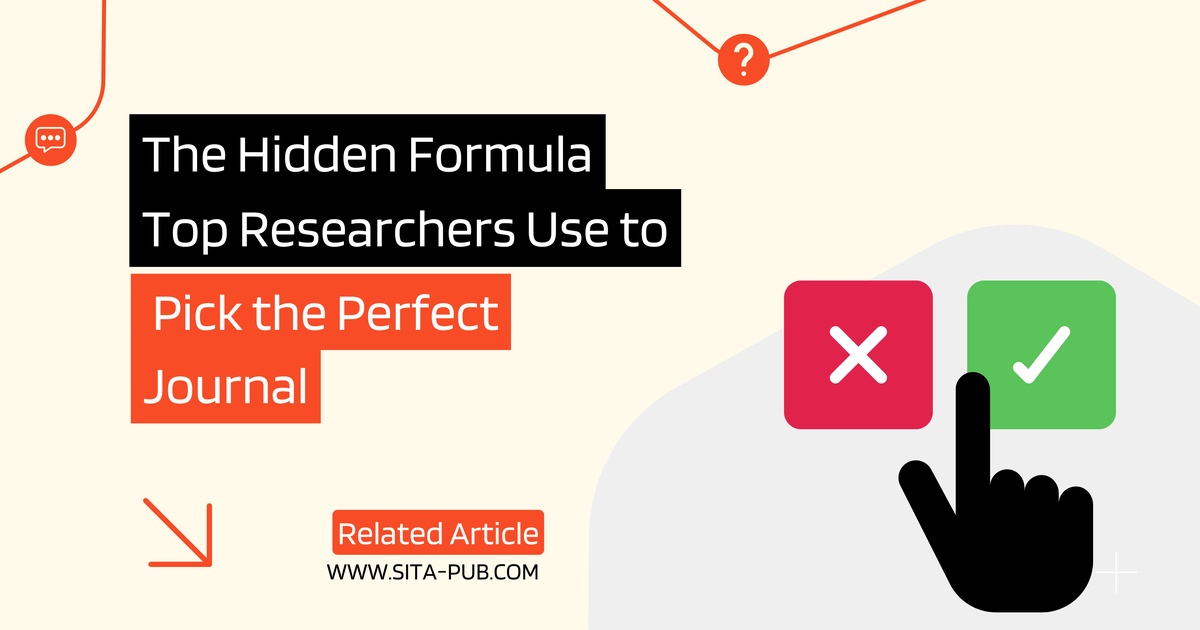
Publishing a research paper is more than just writing strong results — it’s about making sure your work reaches the right audience through the right journal. Many early-career researchers struggle with endless rejections, not because their research lacks value, but because they submit to journals that are not a good fit.
Top researchers, however, seem to have an unspoken formula for choosing the perfect journal. They rarely waste time on mismatches, and their papers often land smoothly in reputable publications. This isn’t luck — it’s a set of strategies they’ve mastered through years of academic experience.
In this article, we’ll uncover those strategies so you can apply them too. Whether you’re submitting your first article or working to boost your publication record, these insights will help you select journals more intelligently, save time, and maximize your chances of acceptance.
1. Journal Quartile Should Match the Paper Quality
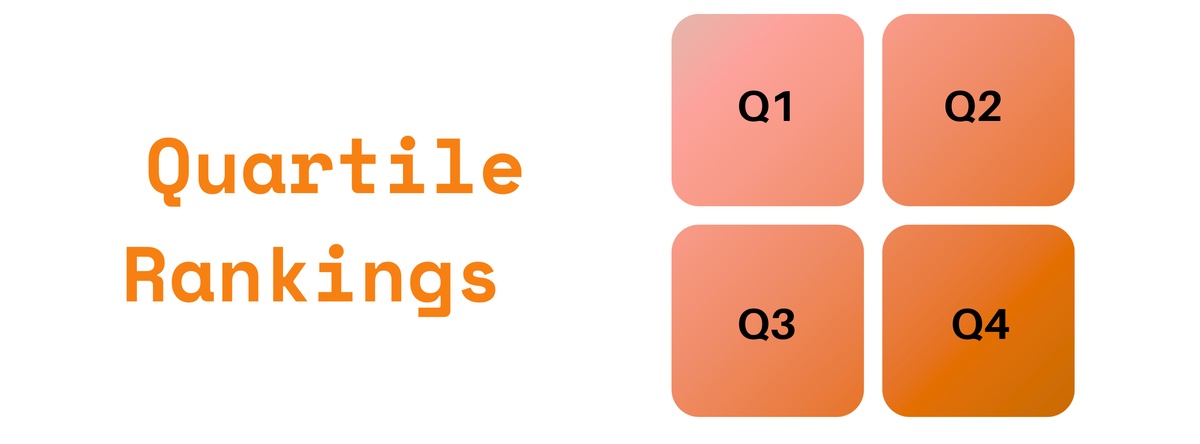
One of the first things experienced researchers consider is journal quartiles — the ranking system used by Scopus and Web of Science to group journals (Q1, Q2, Q3, Q4).
Q1 Journals: Top 25% of journals in their field. High impact, competitive, and often reject papers for even small issues.
Q2 Journals: Reputable, still well-cited, but slightly more accessible than Q1.
Q3–Q4 Journals: Lower-ranked, more niche or regional, often with higher acceptance rates.
Strategy from top researchers: Match your paper’s novelty, data quality, and significance with the journal quartile.
If your paper introduces groundbreaking methods or datasets → aim for Q1.
If your paper is strong but not revolutionary → Q2 offers a safer balance.
For case studies, incremental contributions, or regional focus → Q3–Q4 journals may be a better fit.
Example: A researcher studying CRISPR genome editing with innovative applications might submit to a Q1 journal like Nature Biotechnology. A paper applying existing CRISPR methods to a local crop improvement might target a Q2 agricultural journal.
Common mistake: Many beginners shoot straight for Q1 without evaluating their paper’s weight. Rejections pile up, wasting months.
2. Publication Timeline and Acceptance Rate Matter

For researchers with funding deadlines, job promotions, or graduation requirements, time is critical. Journals differ widely in how quickly they process papers.
Some journals provide fast-track review (4–6 weeks).
Others may take 6–12 months before the first decision.
Similarly, acceptance rates can range from under 10% in elite journals to 50%+ in specialized ones.
Strategy from top researchers: Balance prestige with practicality.
If a deadline is near (e.g., thesis submission), prioritize faster journals with higher acceptance rates.
If you have more time and a groundbreaking paper, aim for top-tier journals, even with a longer review process.
Example: A PhD student needing one published paper for graduation may prefer a Scopus-indexed Q2 journal with faster review. In contrast, a senior researcher building international visibility may endure the long wait for an ISI Q1 journal.
Common mistake: Submitting blindly without checking the average review time listed on the journal’s website.
3. Choosing Between Multidisciplinary and Specialized Journals

Another hidden factor in journal selection is deciding whether your paper belongs in a multidisciplinary journal or a specialized one.
Multidisciplinary journals (e.g., PLOS ONE, Scientific Reports) accept a wide range of topics and reach broader audiences.
Specialized journals focus narrowly on one field (e.g., Journal of Plant Pathology).
Strategy from top researchers: Consider your paper’s scope and audience.
If your findings impact multiple disciplines (e.g., AI applied in medical imaging), a multidisciplinary journal maximizes visibility.
If your study is deeply technical in one domain (e.g., new machine learning algorithm for network security), a specialized journal ensures expert reviewers and relevant readers.
Example: A climate change paper with global implications might go to Nature Climate Change (multidisciplinary within environmental sciences). A paper on soil carbon modeling might target a specialized agricultural journal.
Common mistake: Submitting specialized research to broad multidisciplinary journals where reviewers may lack field-specific expertise.
4. Choosing Between Scopus, PubMed, and ISI Journals
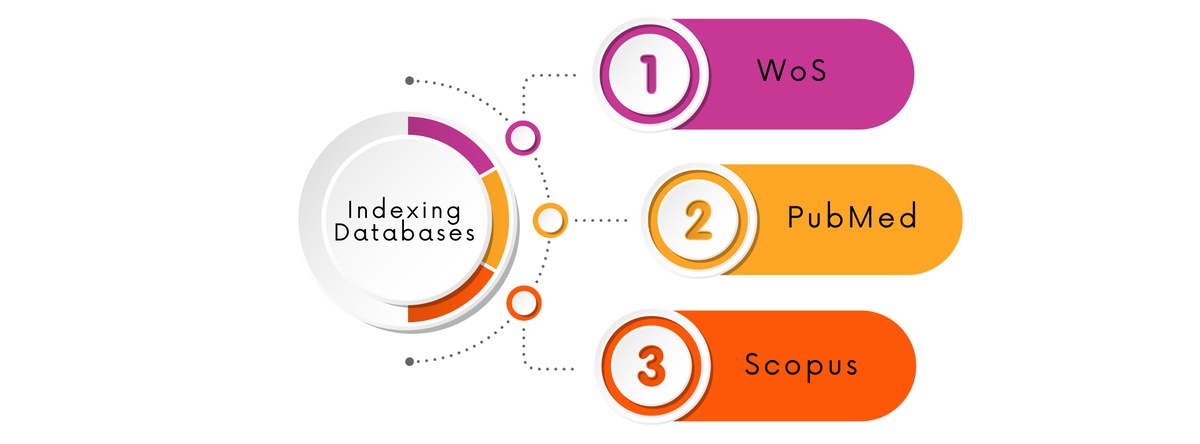
Not all indexing databases are equal. Senior researchers choose based on career stage, institutional requirements, and target audience.
Scopus: Broad coverage, widely accepted for academic evaluations.
ISI (Web of Science, Clarivate): Prestigious, used in global rankings, often required for tenure or promotions.
PubMed: Focused on biomedical sciences; highly trusted in medicine and life sciences.
Strategy from top researchers: Align journal indexing with career needs.
Medical researchers → prioritize PubMed-indexed journals.
Researchers in global universities → often need ISI-indexed journals.
Those publishing for regional visibility → Scopus may suffice.
Example: A clinical trial paper intended for physicians should go to a PubMed journal. A physics paper for tenure review may need an ISI Q1 outlet.
Common mistake: Assuming Scopus and ISI are interchangeable. Many institutions only count ISI-indexed publications.
5. Open Access vs. Subscription Journals

Another element in the hidden formula is deciding whether to publish open access (OA) or in a subscription journal.
Open Access: Wider visibility, higher citation potential, but often requires Article Processing Charges (APCs).
Subscription Journals: Readers need access through universities or libraries, but authors may publish free of charge.
Strategy from top researchers: Consider your audience and funding.
If your target readers are in developing countries with limited subscription access → OA increases impact.
If funding is limited → choose reputable subscription journals with no fees.
Example: A global health paper targeting policymakers may do better in OA. A niche theoretical physics paper might suffice in a subscription journal.
Common mistake: Choosing low-quality OA journals (often predatory) just to gain visibility.
6. Evaluating Journal Reputation Beyond Impact Factor

Top researchers know that Impact Factor (IF) isn’t everything. They also consider:
SJR (Scimago Journal Rank)
CiteScore
Reputation in the community
Quality of editorial board
Transparency in peer review
Strategy: Don’t chase numbers . A lower IF journal with strong credibility in your field may add more career value than a flashy but irrelevant journal.
7. Partnering with a Comprehensive Research Support Center for Journal Selection
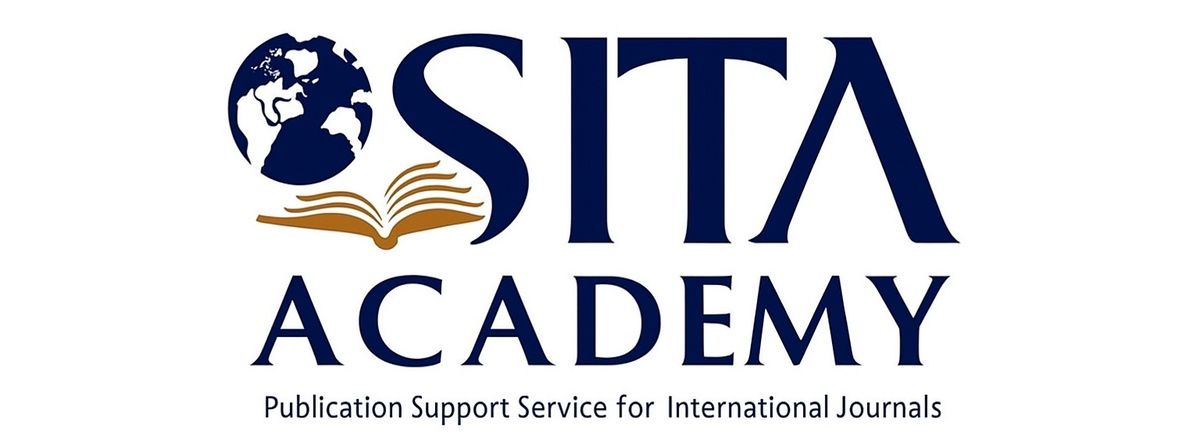
Top researchers rarely make journal choices alone. They often lean on a comprehensive research support center—an expert team that blends domain knowledge, bibliometrics, and hands-on publishing experience to pinpoint the best outlets for each manuscript.
What a research support center actually does
Manuscript diagnostic: Independent assessment of your paper’s novelty, methodological rigor, and contribution level to estimate a realistic quartile target (Q1/Q2/Q3) and audience.
Scoped journal shortlist: Curated list of journals whose aims & scope match your topic, methods, and datasets—filtered by indexing (Scopus, Web of Science/ISI, PubMed), language, and article types they’re actively accepting.
Metric-aware ranking: Prioritization using Impact Factor, CiteScore, SJR, acceptance rate, average time to first decision
Policy & ethics screening: Check for author requirements ( for example ethical approvals )
Cost mapping: Transparent projection of APCs, optional open-access fees, page/colour charges, and fee waivers/discounts that may apply by region or funding source.
Fit rehearsal: Side-by-side comparison of your title/abstract/keywords against the journal’s recent publications to verify resonance with editor and reviewer expectations.
Submission readiness: Line-by-line alignment with Author Guidelines (structure, references, artwork specs, supplementary files), plus a tailored cover letter highlighting fit and novelty.
Plan B & C: A pre-approved fallback pathway (two or three alternative journals) with adjusted formatting, so you can pivot quickly without losing momentum.
Why this collaboration lifts acceptance odds
Data-driven, not guesswork: Decisions are grounded in current metrics, editorial patterns, and real timelines—not reputation alone.
Time saved: You avoid months of trial-and-error submissions; the shortlist reflects where your paper is most likely to progress.
Lower hidden risk: Early checks catch issues that commonly trigger desk rejections.
How to work with such a center—step by step
Share materials: Provide manuscript and any deadlines (graduation, grant, promotion).
Strategy call: Agree on goals (quartile target, speed vs. prestige, OA vs. subscription, budget caps).
Receive the dossier: Get a ranked journal matrix with metrics, policies, fees, timelines, and rationale for each recommendation.
Refine & lock: Pick the primary target and two backups
Compliance pass: Implement template formatting, reference style, figure/table specs, and required checklists.
Submit confidently: File via the journal’s system with a tailored cover letter; track milestones and prepare responses to reviewers.
Pro tip: Use expertise to calibrate ambition
If your paper is strong but not field-defining, a research center may recommend Q2 journals with fast decisions and credible metrics—often the spot for early-career researchers. For truly novel datasets or methods, they may chart a Q1 route while managing expectations about review time and revision depth.
SITA Academy | Research Support Center
At SITA Academy, our research support team functions exactly like this comprehensive center: we diagnose your manuscript, map journal options with real metrics and costs, format to exact guidelines, and manage submission through to decision—complete with contingency journals so you never stall. If you’d like that level of support, send your publication request and we’ll build your personalized journal strategy.
Verified Contact Channels
If you have any questions, inquiries, or would like to learn more about our services, please don't hesitate to reach out to us. Our dedicated team is ready to assist you.





